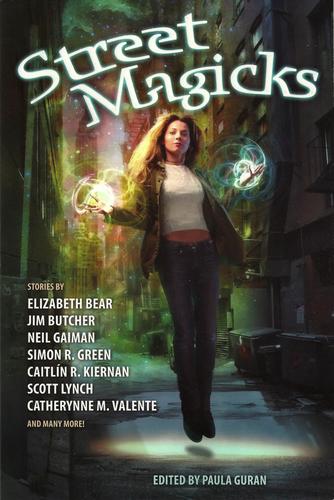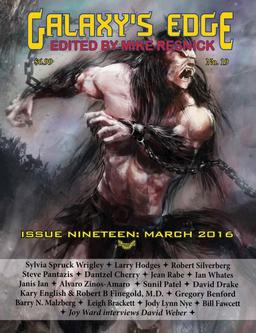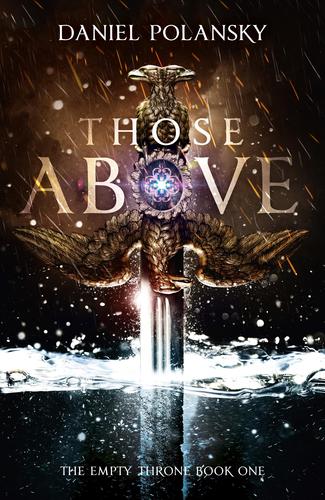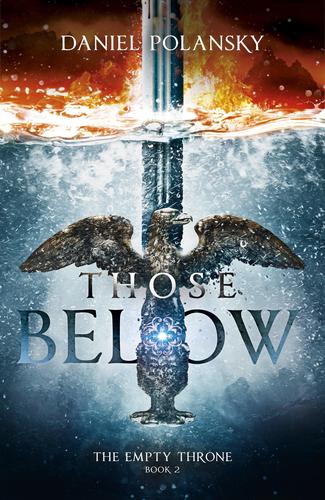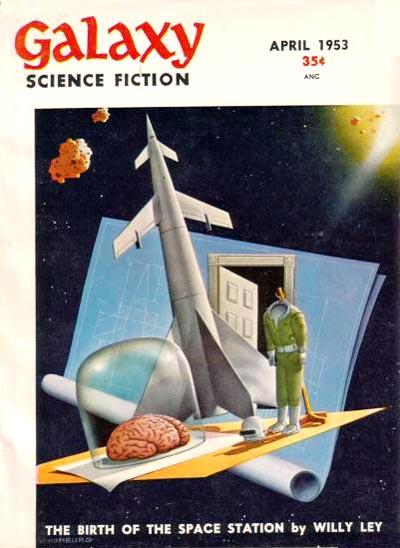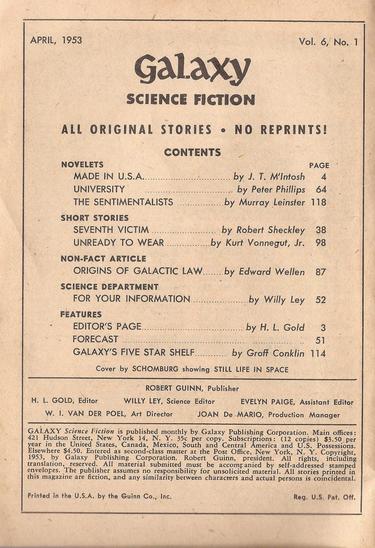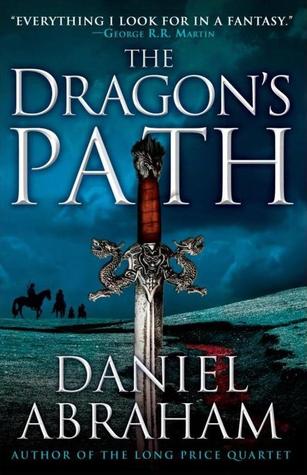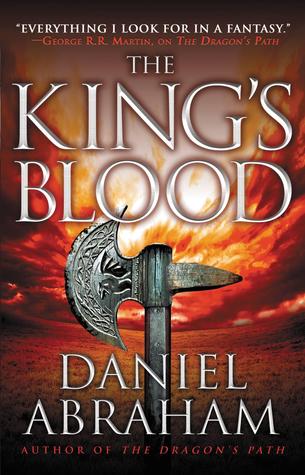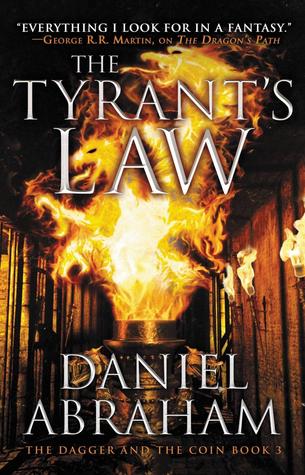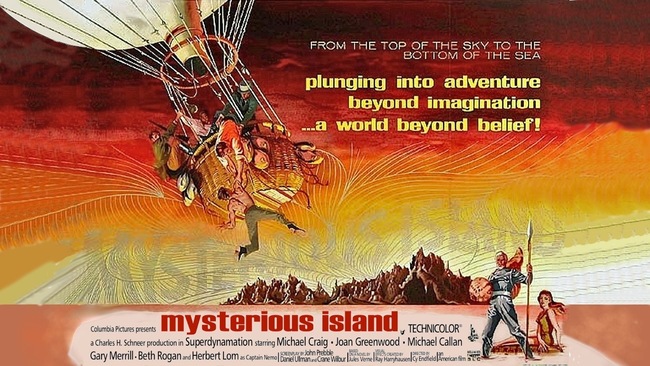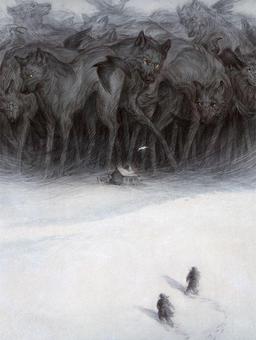How to Worldbuild a Good Sandbox: Four Rules from the Warhammer 40K Universe
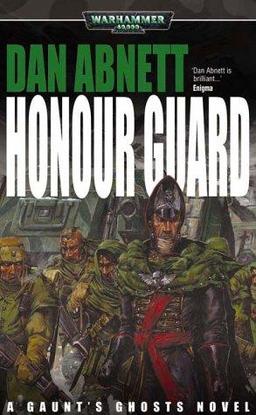
I’m working on a sandbox Space Opera setting.
Sandbox is the tricky part; a “sandbox” is a storyworld that lets you tell (or experience — if you are a gamer) all sorts of different kinds of story. Essentially, I’m building my Discworld.
Oh, you say, just make it big with lots of different kinds of settings plus spare blank spots on the map.
Yes, that gives you lots of flexibility (though less than you’d think). However, the stories won’t be — sorry, I can’t think of a better word — branded.
I mean, the asteroid miners over here and the fight against the dark lord over there, don’t need to belong in the same universe and the reader (or player) won’t really feel as if they are revisiting the same place.
So a good sandbox is one that maximises the possible range of branded stories.
Spend time with a 12-year-old tabletop gamer and you quickly realize that — in this light — Games Workshop’s Warhammer 40K universe is one of the best sandboxes around. You can could dump just about any Space Opera SF story into it, and it would still feel like 40K. To do Firefly, just plug in Orcs, Inquisitors and Space Marines and Imperial Guards. To do Starship Troopers tell a story about the Imperial Guard. To do Star Trek, just follow a Tau captain on their five year mission.
Less so in the Star Wars universe.
Firefly Wars would need a local civil war as backstory, since the cleanup after the prequels feels like it would involve more mass graves. Your Alliance could be the Empire, but the Empire doesn’t really feel as if it would do dark secrets — why bother hiding them? — or have secret super soldier programs– it has Stormtroopers and Sith anyway. Starship Troopers could be about the latter-day Stormtroopers, but the moral ambiguity would be lost. Star Trek…? No, not without taking a ship to a different galaxy and then it would not feel like Star Wars. It would lose its brand.
So the 40K ‘verse is a far better sandbox than the Star Wars one. How can this be? It appears to follow four basic rules…
